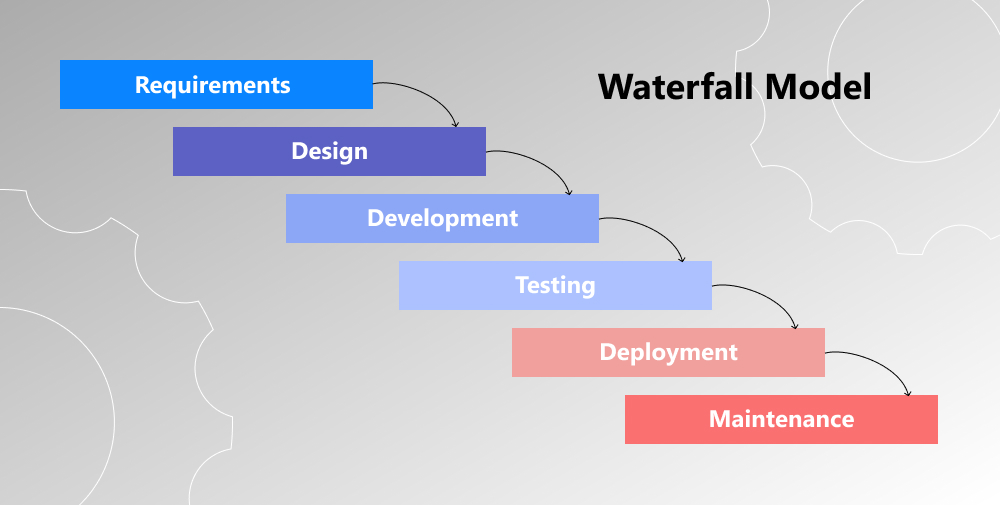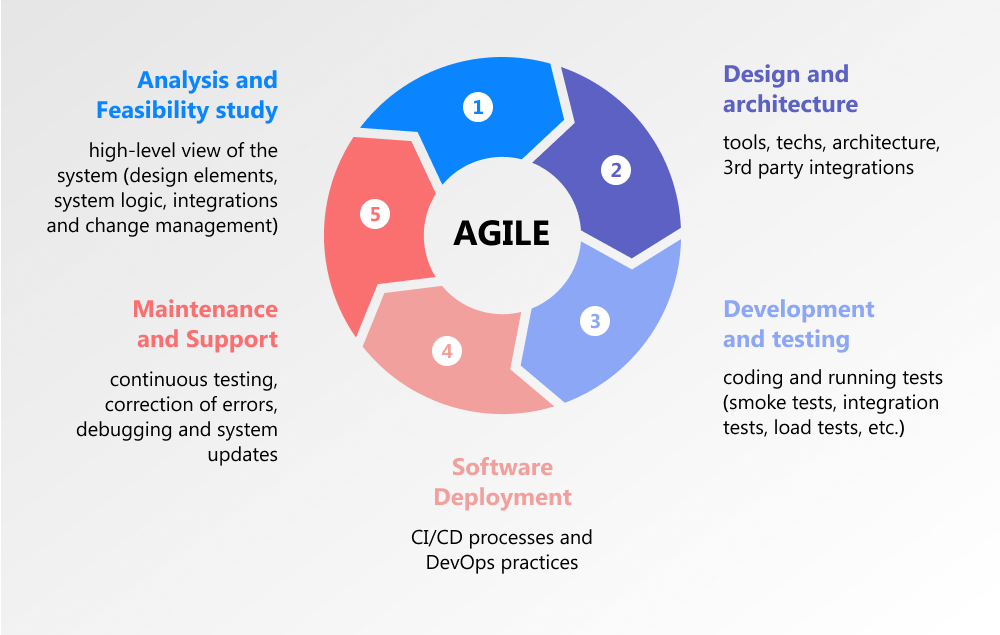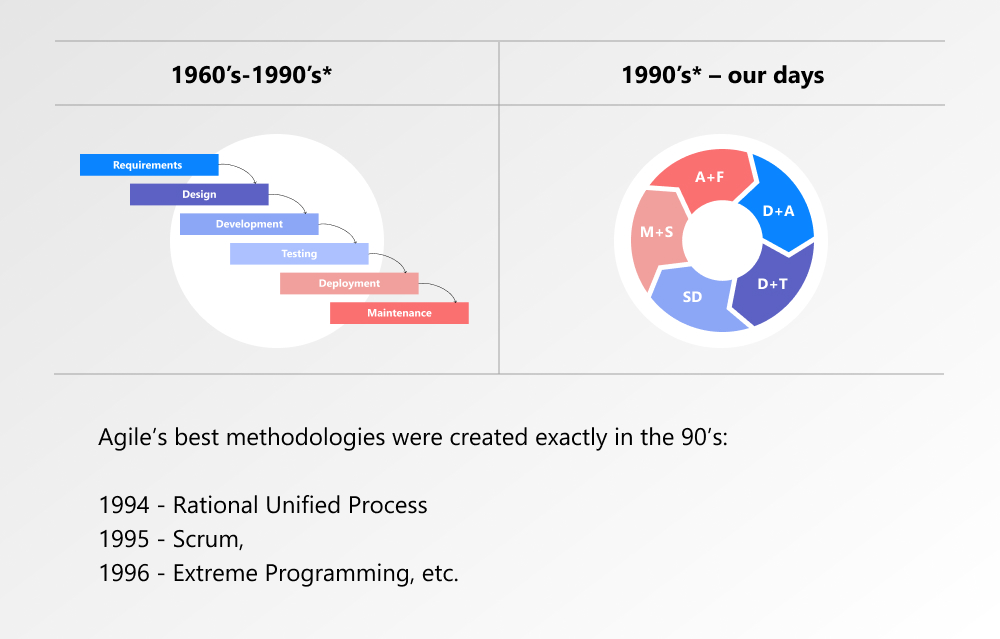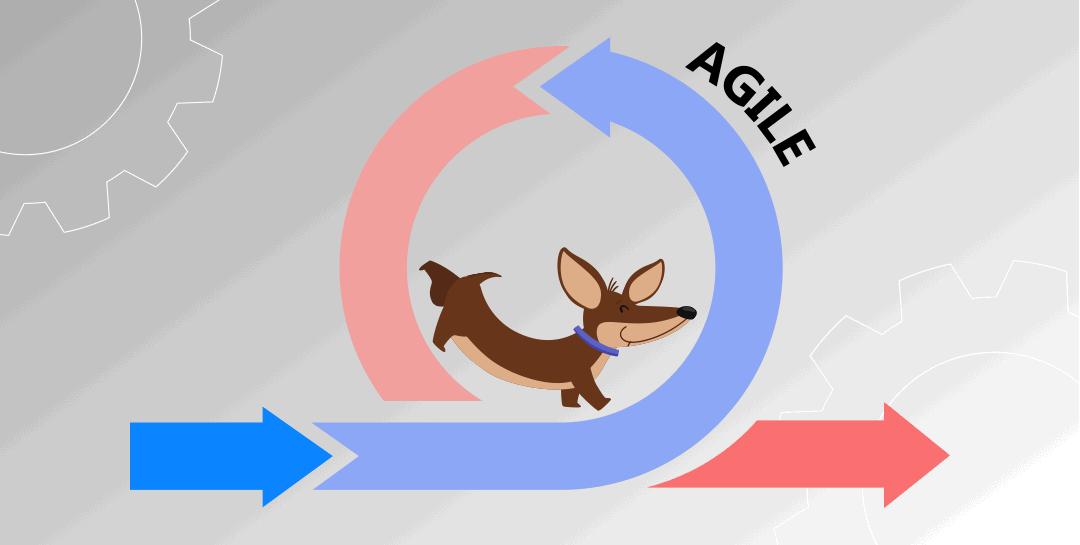Over time, SDLC templates have evolved in tandem with the advancements in the information technology sector. These changes not only mirror the continuous progress in the field but also serve as a guiding framework for developers and product owners in navigating their dynamic projects. As projects grow in scale and complexity, the software development life cycle template adapts accordingly.
So, what does the SDLC entail in 2024, and how does it distinguish itself from earlier iterations? Which steps remain indispensable, and which ones can be overlooked? Delve deeper into this discussion to uncover the answers!
written by:
Anton Rykov
Product Manager
Contents
What Is the Software Development Life Cycle Template?
Let's begin by refreshing our understanding of the notion and its origins.
The Software Development Life Cycle (SDLC) template serves as a structured framework that outlines the sequential stages and steps involved in creating quality software. It functions as a visual roadmap, offering a comprehensive overview of the project's phases and guiding through each step in their designated order. Additionally, it specifies optimal points for onboarding new team members, offers insights on change management, and addresses various other considerations.
While the concept of the software development lifecycle (and its associated SDLC template) may seem commonplace today, its roots trace back to the 1960s. During this era, large corporations embarked on developing intricate systems that were cumbersome, comprehensive, and challenging to construct. In response, the software development life cycle emerged as a strategic tool to aid managers and team members in navigating the complexities of design, development, and testing phases, ensuring alignment and cohesion throughout the process.
Let’s have a look at the earliest SDLC, which is the Waterfall model.
This pipeline has survived to this day and some companies may be using it even now. It is far less effective than modern-day Agile though, as Waterfall is infamously known for its high uncertainly, immense cost of changes, and challenging integrations at the very end of the project. Agile, on the contrary, follows the cyclic and collaborative approaches to the software development life cycle template, but requires a row of cycles throughout the development and production life span of the project.
We may surely say that software development processes are the most intricate ones in the entire software delivery agenda. Still, if you elaborate the close-to-perfect strategy and a solid SDLC template, you can approach projects of any scale and size. To help you in that mission, we have created a complex guide to take every aspect of software development into account.
Where to Start Building an SDLC Template
We’ll need Waterfall software development lifecycle phases as a foundation to build an SDLC 2024 template, so let’s quickly go through them.
Requirements Analysis and Feasibility Study
Business or system analysis gives a start to the project with building a project plan. At this SDLC phase, project documentation is written (functional and non-functional requirements, responsibility matrix, change management matrix, etc.). The business analysis also covers the app logic, integration logic, and some elements of architecture design.
Moreover, here you and your team will consider all the economic and legal, as well as recruitment issues that you may face during the software development project delivery and after it goes live.
To find more about business analysis, read our article “How Does a BA Bring Value to Your Project” on the topic.
System Design
A BA may give you a high-level view of the system, tools, and techs, but the last word is the architect’s. He/she decides on the best tech stack, elaborates the app logic, integration methods, etc. – simply put, they build a ‘skeleton’ of a system and send it to the software development team to grow some ‘organs and muscles’.
Software Development
Let’s get down to work finally! This is the most time-consuming phase of the SDLC which takes up to 40 percent of the whole software development lifecycle! This is a subjective figure, of course, and it varies from project to project. It may be four to twelve months, or even several years, depending on the nature of your product. Some project simply never stop to develop.
Software Testing
Time to test! Finally, we got to the phase where we can see how good (or bad) we were at requirements analysis, design, and coding! The system can undergo manual or automated tests, depending on the needs and specifics of your project.
Deployment
Hooray! Why not glue all the code pieces together and run them in the deployment environment? Now we can finally see what it all was for.
Maintenance
When the entire team is celebrating the success, the maintenance team’s watch begins.
So, this is a typical Waterfall software development lifecycle that a standard piece of software had to go through back in the ’60s, replaced by the Iterative model, V-model, etc. in time. It is pretty simple, yet it will serve us as a great foundation for a really great SDLC template.
Software Development Life Cycle Template as It Is in 2024
The SDLCs that our moms and dads used were nowhere near as efficient as they are now.
The SDLC model that the vast majority follows today is Agile-based. As contrasted to the Iterative model or V-model, it is an almost exact replica of the Waterfall methodology (which is why we used it as a basis), only it makes focus on iterations and has a downward spiral shape, not linear like in Waterfall.
So, here is what we’ve changed in the traditional Waterfall software development lifecycle to look and feel better in 2024.
Requirements Analysis and Feasibility Study
A high-level view of the system is still prepared at this phase including certain design elements, system logic, integrations, and change management.
In other words, at this part, we collect as much info about a to-be system as possible to make as few mistakes as possible during the development.
Yet, at the same time, it is not typical for some Agile software development projects to do a comprehensive analysis and feasibility study at the start. Every project iteration implies analysis as its integral part, which is a crucial differentiator for the new 2024 SDLC template.
System Design and Architecture Phase
An architect is still given his/her own project phase to do all the job. Yet, in 2024 there are many more aspects that an architect should consider. Let’s take a tech stack as an example.
Which tools and techs to use? Actually, this issue determines the price you’re going to pay for the system delivery. The price tag for the developer’s services varies depending on the language he/she uses (have a look at the chart here). Also, when choosing a tech, an architect must also consider its efficiency and applicability, not only costs.
Thus, what an architect recommends is always open to discussion in 2024. Back in the 1960s, there was no such great abundance of technologies and system specifics to consider (previously used techs, third-party integrations, security, etc.). That is why decision-making was easier. Nowadays, it is too risky to entrust it with one person instead of a team of stakeholders.
Software Development and Testing Phase
…have become a single whole. There are few software development projects left (if there are any at all) where software development is not followed immediately by testing. Here, by saying ‘immediately’ we mean that each tiny piece of code undergoes testing by the developer who wrote it (manual and auto checks), then it goes through such stages as:
- Smoke testing performed by testers to find if the program runs as intended;
- Integration testing in the end to see if the code pieces are running ok together and do not affect negatively other parts of the system;
- Load testing to simulate max load that a system may go through and see how it copes with it, etc.
By the way, great attention to testing was paid in the V-model, too, although true acknowledgment was given only after the beginning of the Agile era and the advent of continuous testing.
Software Deployment Phase
Deployment used to be a nightmare for the engineers of the 2000s (and those who suffered earlier SDLCs). This phase of the software development project was the pre-final, yet the most uneasy one. Due to the fact that all the code parts saw each other only at the very end of the software development and testing, they could behave naughty in the deployment environment.
Thankfully, with CI/CD processes and DevOps tools (blessings of the Agile era), software parts attach seamlessly and undergo continuous testing for the best results.
System Maintenance and Support
It could not be that relevant for the old-day systems, but nowadays it’s impossible to imagine a system without a system support team working non-stop to improve and polish it up. Bugs and errors not obvious in the software development environment could become an eyesore in production and reduce conversion (a real disaster of our days).
Furthermore, today’s complex systems operating 24/7/365 (digital banks, for instance) requiring almost 100 percent availability need continuous testing, constant updates, regular releases, and constant technical support, as a result.
Bottom Line
Here’s a shiny software development life cycle 2024 for you. You’ve read a long read and truly deserve it!
We’ve also placed a comparison chart here for clarity. Thus, you can see how the software development lifecycle template for 2024 was born.
‘Haven’t you said that some companies have been using the Waterfall software development lifecycle templates so far?’ you may fairly ask. Yes, we did and that’s true.
State-run, banking, or medical software development projects implying close control and accountability to the client are rarely planned according to the Agile-oriented SDLC. Thus, the original Waterfall software development lifecycle template is still a solution for them, though its limitations haven’t gone anywhere in 2024. The price of a mistake during system development is very high here.
By the way, if you’d like to know how to design a cheaper and more efficient system, stay on our blog to read TCO in Architecture Design: Questions to Ask and Mistakes to Avoid.
To know more about the best software development practices that we use in our projects, don't hesitate to visit our website or contact our support team.

Contacts
Feel free to get in touch with us! Use this contact form for an ASAP response.
Call us at +44 151 528 8015
E-mail us at request@qulix.com










